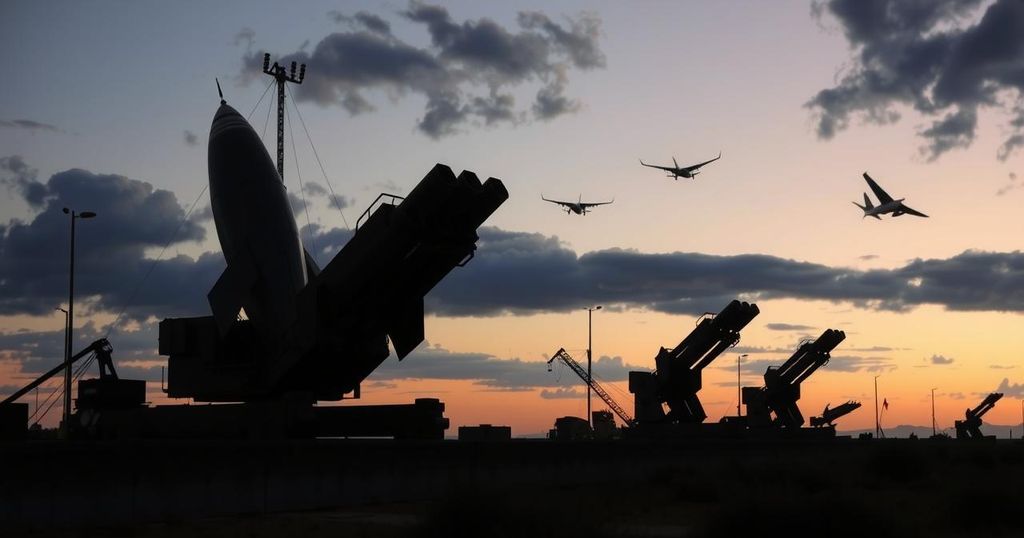U.S. Missile System to Remain in Philippines Amidst Rising Tensions with China
Summary
The United States will keep its mid-range Typhon missile system in the Philippines, contrary to Chinese demands. This system enhances military preparedness against potential conflicts involving Taiwan and has drawn criticisms from both China and Russia, as it coincides with rising tensions in the South China Sea.
The United States has decided to maintain its mid-range missile system in the Philippines, despite pressure from China to withdraw it, according to informed sources. The Typhon missile system, which possesses the capability to carry cruise missiles aimed at Chinese targets, was initially deployed during joint military exercises earlier this year and has not been removed since then. The strategic positioning of this system in the Southeast Asian archipelago, which lies south of Taiwan, is deemed critical to the U.S. military’s operational strategy in Asia, particularly in the event of a conflict involving Taiwan and China. The deployment of the Typhon system, marking its first introduction to the Indo-Pacific region, has drawn strong criticism from both China and Russia, who assert that such actions explore an escalation of military arms in the region. This development occurs against the backdrop of escalating tensions between China and the Philippines over disputed territories in the South China Sea, which have led to increased maritime and aerial confrontations in recent months.
The article discusses the strategic decision by the United States to retain a mid-range missile system, known as the Typhon, in the Philippines as part of its broader military strategy in Asia. The Typhon system, equipped with cruise missiles, is intended to bolster U.S. preparedness for potential regional conflicts, particularly involving Taiwan, which is increasingly seen as a focal point of U.S.-China tensions. This move has not only provoked criticism from China and Russia but has also occurred amidst heightened confrontations in the South China Sea, a vital maritime passage characterized by territorial disputes between China and its neighboring countries, including the Philippines.
In conclusion, the United States’ decision to retain the Typhon missile system in the Philippines underscores its commitment to regional security in the face of Chinese assertiveness. It represents a significant strategic asset for U.S. forces in the event of a conflict involving Taiwan. The criticisms from China and Russia, alongside the ongoing regional maritime tensions, highlight the intricate geopolitical dynamics at play in Southeast Asia and the broader Indo-Pacific region.
Original Source: www.scmp.com








Post Comment